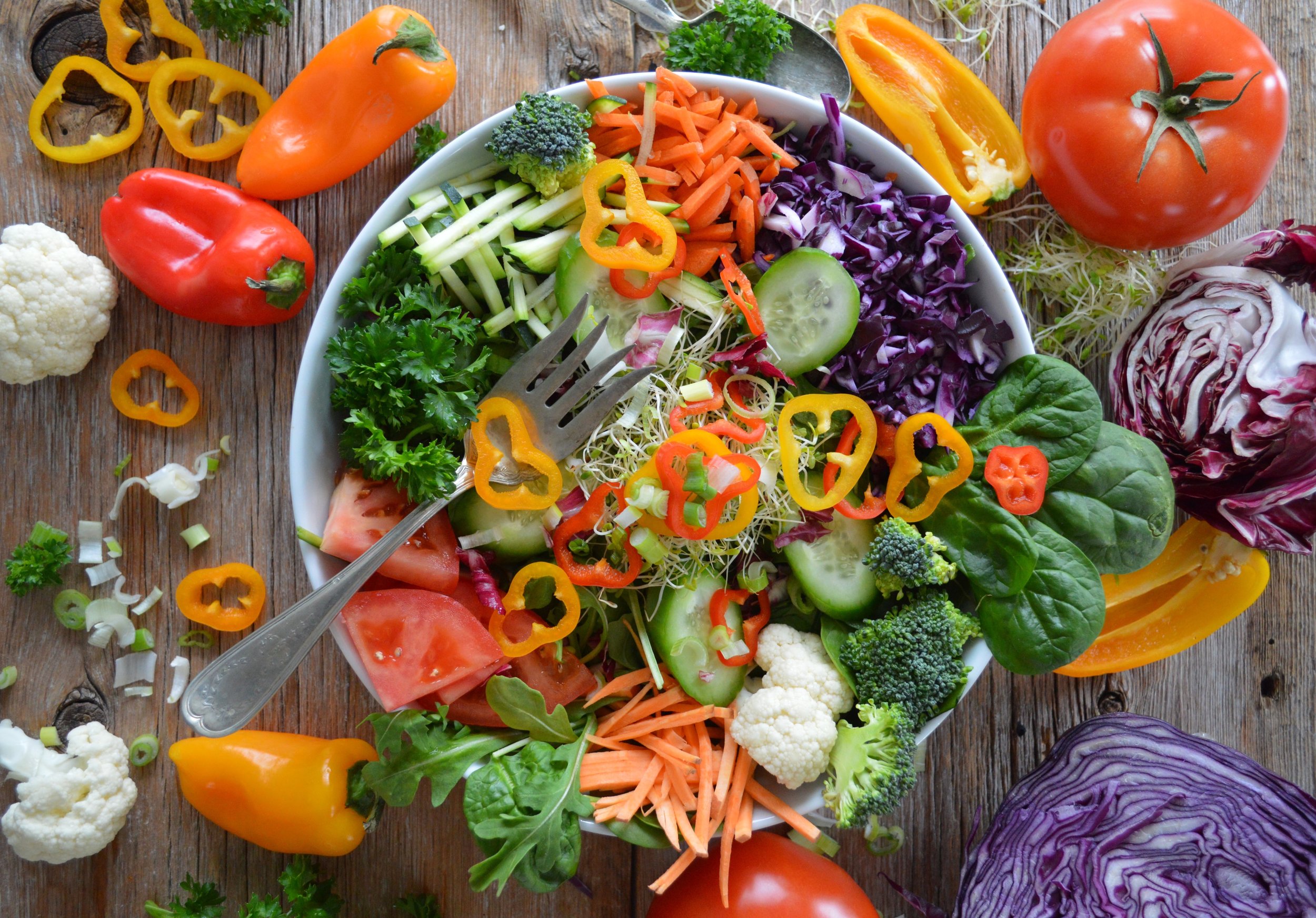Pomegranates On Rosh Hashanah
/Friday evening, September 18th, is Rosh Hashanah, the Jewish New Year of 5781 and, according to the Torah, the anniversary of the creation of the world. The holiday’s most well-known culinary customs are tasting a new fruit, eating pomegranates and dipping apples in honey.
What Is Special About A New Fruit?
One of the joys of celebrating Rosh Hashanah is eating pomegranates, a seasonal fruit that is harvested in September. Tasting a fruit that has not been eaten since it was last in season is one of the greatest joys of conscious consumption. This process of rediscovery reinvigorates our senses and allows us to participate, in a small way, in experiencing the newness of creation. Eating that pomegranate for the first time in many months is quite a sensory experience.
What Do Pomegranates Symbolize?
According to Jewish tradition, pomegranates symbolize fertility and abundance. This is likely because of the scores of seeds that the fruits contain. They are likewise implied to represent the 613 commandments in the Torah. Additionally, the word “pomegranate” comes from the Latin “pomum grants”, meaning “seeded apple”.
What Are The Most Common Varieties?
The most common variety across the United States and even in Israel is the Wonderful variety, first propagated in California in 1896 and then popularized by Stewart and Linda Resnick with their Pom Wonderful juice.
But there are numerous other varieties, although most are not well-known like the Wonderful.
During my summer 2019 trip to Israel, I encountered a variety of pomegranates called “paper shell”. They are pale-yellow and blushed with pink, with a very thin rind that can be peeled like an orange. We found a few in Los Angeles last year, so they are available, albeit in limited quantities through specific local farmers. Paper shell poms have a milder, less acidic taste and less fibrous seeds than the more common, deep crimson “Wonderful” variety. Due to these characteristics, I actually prefer paper shell poms. I am usually able to source some from Nicholas Family Farms, an organic fruit grower in Central California. (if you would like some, please contact me.)
What Are The Nutritional Benefits Of Pomegranates?
Since ancient times, pomegranates have been employed for their numerous curative and preventive qualities. Their healing properties were well-known in ancient Egypt. And in traditional Asian medicine, it was used as a health tonic and to treat diarrhea, dysentery and diabetes.
Pomegranates contain potent antioxidants (3X more than wine or green tea), are rich in polyphenols and contain substances that reduce inflammation. Research hints that it may be effective at promoting cardiovascular health and halting growth of many cancers.
Can drinking pomegranate juice really cheat death? Are they the magic elixir of life? Therapy for the heart? Who knows. But they are certainly healthy for you.
What Is The Best Way To Eat A Pomegranate?
Of course, when it comes to eating the actual new fruit, pomegranates can also be very messy. Do you know the best way to peel a pomegranate? Slice off the crown, then make four parallel cuts around the sides and peel off the skin like an orange. Who knew?!
How Many Seeds Are Really In Each Fruit?
My kids, who are infatuated with pomegranates this time of the year (and with math throughout the year!), asked me if the fruits really do have 613 seeds.
In the early 2000s, a graduate student at Columbia University, Alexander Haubold, conducted an experiment to determine how many seeds were actually in a pomegranate. At one point, the average was 613. However, there is tremendous variability by variety and obviously the average has shifted over time.
How many seeds do your pomegranates contain? This Rosh Hashanah, have your kids count them and post your findings after the holiday in the comments section below!
Originally published on 9/25/19.






